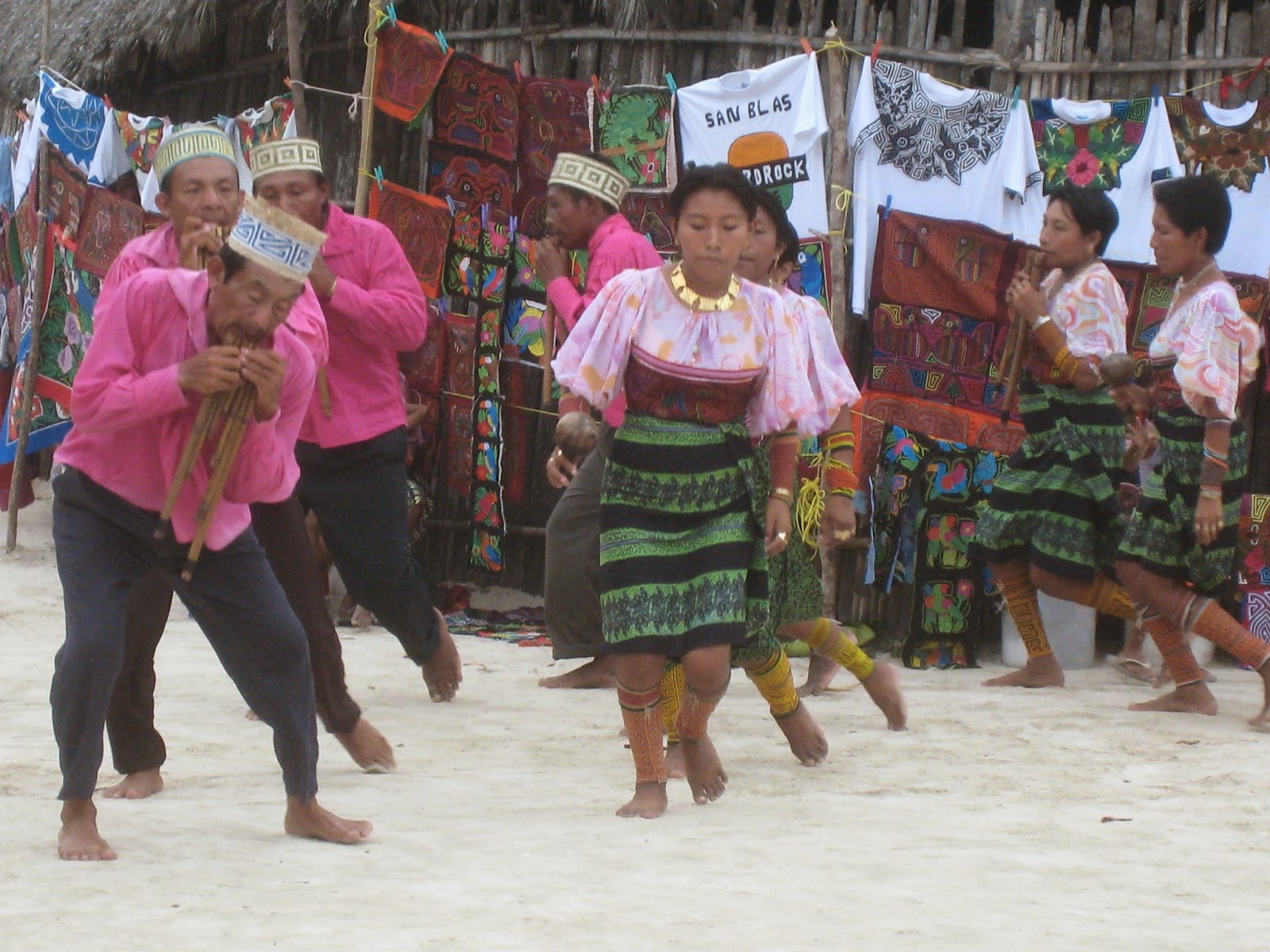Works Cited
"About the Kuna Indians." The Kuna Indians Inhabit the San Blas Islands. N.p., 30 Nov. 2013. Web. 01 May 2014.
Bowerman, Eddie L. "About the Kuna Indians." About the Kuna Indians. N.p., n.d. Web. 04 May 2014. <http://public.cwp.net.pa/~bowerman/page3.html>.
"The History of the Kuna Indians." Panama City, Panama Real Estate and Travel Reports. Ed. Andrew Cowman and Claire Saylor. The Panama Report, n.d. Web. 04 May 2014. <http://www.thepanamareport.com/index2.php?option=com_content&do_pdf=1&id=342>.
"The Kuna Indians." The Kuna Indians. N.p., n.d. Web. 04 May 2014. <http://www.ms-starship.com/sciencenew/kuna_indians.htm>.
Olson, James Stuart. "Cuna." The Indians of Central and South America: An Ethnohistorical Dictionary. New York: Greenwood, 1991. N. pag. Print.
"Sailing with Nine of Cups San Blas Islands (Kuna Yala) of Panama." Sailing with Nine of Cups San Blas Islands (Kuna Yala) of Panama. David Lynn & Marcie Connelly-Lynn, n.d. Web. 04 May 2014. <http://www.nineofcups.com/Panama_San_Blas.html>.
Sherzer, Joel. Stories, Myths, Chants, and Songs of the Kuna Indians. Austin: U of Texas, 2003. Print.
Stevens, Stan, and Terry De Lacy. Conservation through Cultural Survival: Indigenous Peoples and Protected Areas. Washington, DC: Island, 1997. Print.
Sumner-Fromeyer, Dr. Janet. "The Kuna Indians." The Kuna Indians. Starship Millennium Voyage, n.d. Web. 04 May 2014. <http://www.ms-starship.com/sciencenew/kuna_indians.htm>.






